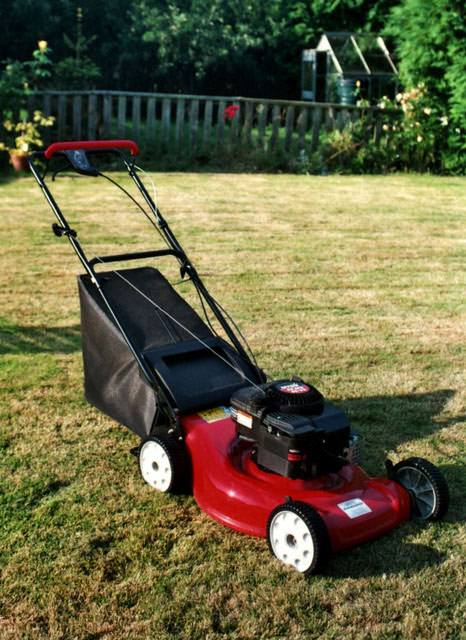Global Warming to Help Crabgrass Take Over Lawns

Crabgrass will get a strong assist from global warming in its campaign to take over your lawn.
That's the unexpected finding of a study investigating a very different aspect of lawn biology: Neeta S. Bijoor, her graduate advisor Diane E. Pataki of the University of California, Irvine, and two colleagues set out to determine how warming affects lawns' emission of nitrous oxide (N2O), a greenhouse gas 300 times more powerful than carbon dioxide.
Lawns are the United States' largest irrigated crop, covering about 2 percent of the nation's surface area, and their effect on climate concerns scientists.
The team established a series of adjacent plots of fescue grass and, to mimic global warming, heated half of them by 6 Fahrenheit degrees. They applied high doses of commercial fertilizer to half of each plot; the other half got low doses.
To the researchers' surprise, crabgrass sprouted in the plots after only one year, and it was 30 percent more prevalent in the heated plots than in the unheated ones. (Fertilizer had no effect on it.) In contrast to fescue and most other crop plants, crabgrass and many other weeds photosynthesize with greater efficiency the warmer it gets, so they have been predicted to proliferate as temperatures rise. Still, such swift confirmation in the field was unexpected.
The study also showed that warming, as well as intensive fertilizing and irrigating, causes increased N2O emissions. That, in turn, could contribute to more warming — which would reinforce the march of crabgrass across your lawn.
The study was detailed in the journal Global Change Biology.
Get the world’s most fascinating discoveries delivered straight to your inbox.
- Why is Grass Green?
- Weed Knowledge Remains Out of Control
- 8 Ways to Green Your Garden
 Live Science Plus
Live Science Plus





